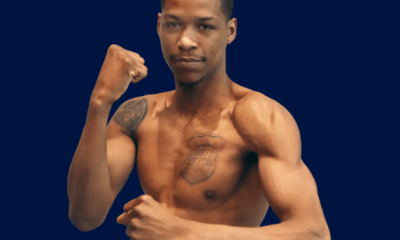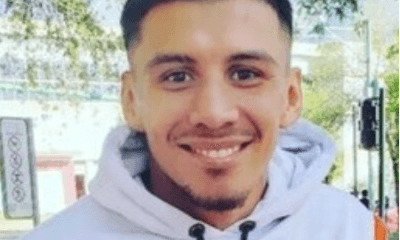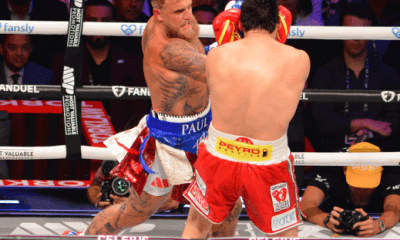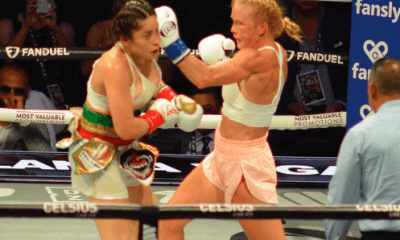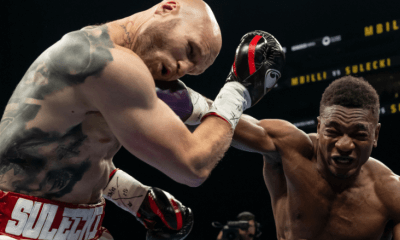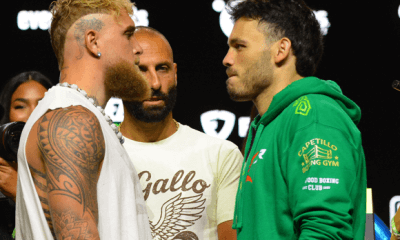Featured Articles
HITS and MISSES: Celebrating Terence Crawford and More
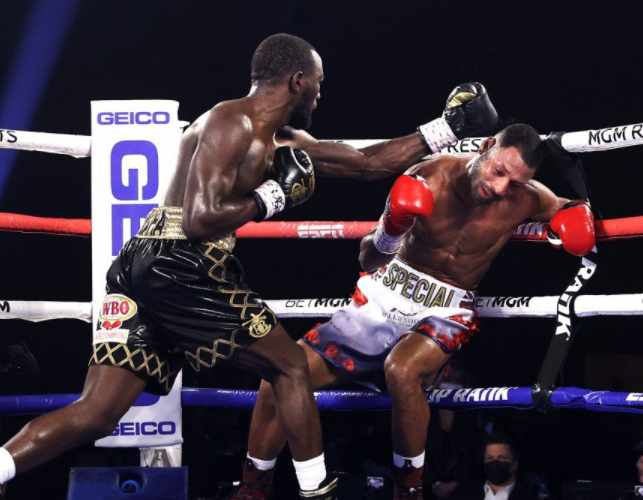
HITS and MISSES: Celebrating Terence Crawford and More
With football season in full swing across the nation, boxing traditionally has to take a backseat to what has become America’s favorite pastime over the last half-century or so. Still, there’s no season for boxing. Rather, it might be more correct to say that boxing’s season is always in full swing, so there were plenty of big fights this weekend to watch in the United States.
Here are the latest HITS and MISSES from another weekend on the boxing beat.
HIT: In Celebration of Terence Crawford
Terence “Bud” Crawford has been one of the best fighters in the world for years now. He was the lineal champ at 135, undisputed at 140, and now holds one of the 147-pound belts. That places Crawford at the top of many pound-for-pound lists, and he absolutely deserves that kind of adulation.
Crawford, 33, from Omaha, Nebraska, completely dismantled former welterweight titleholder Kell Brook, 34, from England, on Saturday night. Where it took middleweight champ Gennadiy Golovkin five rounds to stop Brook four years ago and welterweight champ Errol Spence 11 rounds to do the same three years ago, Crawford stopped Brook in just four.
As special as that seems, it could be more special that Crawford might finally be getting his wish to fight other top welterweight stars soon. Crawford seems miffed enough at his promoter Bob Arum for not getting him fights against other top stars to do something about it, and that could mean “TBC” is headed to PBC. In fact, when I asked him about that very move last week, Crawford did not deny it could happen.
Arum and Top Rank have done their job with Crawford. But if they can’t get him the fights he wants against someone like Spence or Manny Pacquiao, it makes sense for Crawford to find someone who can.
MISS: Baffling Decisions by ESPN
The Top Rank on ESPN card featuring Crawford vs. Brook was a case study in baffling decisions. The first head-scratcher was how fight fans had to wait for a college football game to be completely over before ESPN would show the boxing match on any of its many channels and streaming options, even though Florida was beating Arkansas by 27 points at the end of that game.
Next, imagine being one of the coveted mainstream sports fans ESPN was hoping would stick around for the big boxing march and being presented with the completely avoidable mess that was Joshua Franco vs. Andrew Moloney 2.
After that fight was stopped, ESPN inexplicably tried everything in its power to bully Nevada Athletic Commission officials into agreeing with its collective opinion that Franco’s swollen eye was due to a punch and not a headbutt.
That meant instead of moving on to any other kind of meaningful content that might create more boxing fans, the producers kept their cameras trained on NAC officials while ESPN’s talking heads sitting nearby (Joe Tessitore, Tim Bradley, and Andre Ward) tried every single kind of dysfunctional and manipulative trick in the book to sway NAC executive director Bob Bennett, referee Russell Mora and replay referee Robert Byrd into conforming to ESPN’s will.
It was ugly, rude, and dangerous.
It was ugly because it boiled down to Bob Arum and the billion-dollar television network he cut a deal with ganging up on three single human beings assumedly doing the best job they could.
It was rude because ESPN overstepped its bounds by a large margin in deciding it knew better than the NAC on how things should be ruled.
It was dangerous because it shows just how far the company has fallen away from broadcast journalism into the world of content marketing.
HIT: Everything About Katie Taylor vs. Miriam Gutierrez
Katie Taylor is one of the best fighters in the world today, and she showed her class in her title defense against Miriam Gutierrez on Saturday. Taylor, 34, from Bray, Ireland, is great at just about everything inside a boxing ring. Gutierrez, 37, from Madrid, Spain, isn’t, but she entered the fight with an undefeated record and the attitude that she wanted it to stay that way.
Still, what made the fight a joy to watch was seeing both women ply their trades as best they could. Taylor looked sharp, and she continually had Gutierrez in serious trouble. But the Spaniard never wavered. There were plenty of avenues driven into her by Ireland’s favorite boxing champ, and any of them could have led her to give up in the fight. She never did.
After the 10-round decision win for Taylor over Gutierrez, Taylor’s promoter, Eddie Hearn, almost immediately started talking about Taylor facing MMA legend Cristiane Justino aka Cris Cyborg next in a women’s version of the 2017 superfight spectacle between Floyd Mayweather and Conor McGregor.
Most people in boxing seem to hate those types of fights. I love them. They’re great for the boxing champ because it’s big money on a bright stage. They’re great for boxing because they expose the sport to MMA fans who might become the same in boxing. They’re great for boxing writers because people seem to like to read about them.
MISS: Two-minute Rounds for Women’s Boxing
Women’s boxing matches being limited to two-minute rounds makes just about as much sense as adding a weight class in between the cruiserweight and heavyweight division.
Of course, we can thank the World Boxing Council (WBC) for both of these ideas. But leaving this whole “Bridgerweight” situation behind right now in hopes that ignoring it will simply make it go away, I think it’s time to revisit the WBC’s 2014 ruling that limited women’s boxing to 10, two-minute rounds.
Two-minute rounds are holding women’s boxing back. It keeps the more skilled fighters like Taylor from separating themselves as much as they could from their opponents on fight night, and there hasn’t been anything beyond some seriously vague language from the WBC about why women can’t fight for three minutes.
Moreover, their female counterparts in MMA already fight the full five-minute rounds just as the men do, so there’s no good reason female boxers can’t fight three-minute rounds.
HIT: Eddie Hearn Marching Women’s Boxing Forward
Women’s boxing has come a long way, and Eddie Hearn’s Matchroom Boxing card on Saturday featuring wins by undisputed lightweight champion Taylor, WBC junior lightweight titleholder Terri Harper and rising junior featherweight contender Rachel Ball proves the best is probably yet to come.
Hearn deserves credit for recognizing Taylor’s star power was legit after she turned pro and that it could continue to grow larger across the world. He also deserves props for consistently featuring women on his fight cards and doing so in premier positions.
Photo credit: Mikey Williams / Top Rank via Getty Images
Check out more boxing news on video at the Boxing Channel
To comment on this story in the Fight Forum CLICK HERE
-

 Featured Articles3 weeks ago
Featured Articles3 weeks agoAvila Perspective, Chap. 330: Matchroom in New York plus the Latest on Canelo-Crawford
-

 Featured Articles1 week ago
Featured Articles1 week agoVito Mielnicki Jr Whitewashes Kamil Gardzielik Before the Home Folks in Newark
-
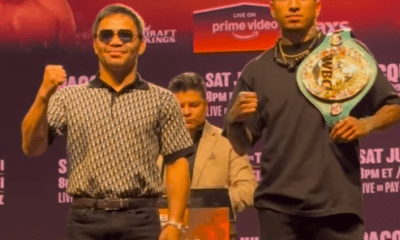
 Featured Articles4 weeks ago
Featured Articles4 weeks agoAvila Perspective, Chap 329: Pacquiao is Back, Fabio in England and More
-

 Featured Articles3 weeks ago
Featured Articles3 weeks agoOpetaia and Nakatani Crush Overmatched Foes, Capping Off a Wild Boxing Weekend
-

 Featured Articles2 weeks ago
Featured Articles2 weeks agoCatching Up with Clay Moyle Who Talks About His Massive Collection of Boxing Books
-

 Featured Articles3 weeks ago
Featured Articles3 weeks agoFabio Wardley Comes from Behind to KO Justis Huni
-
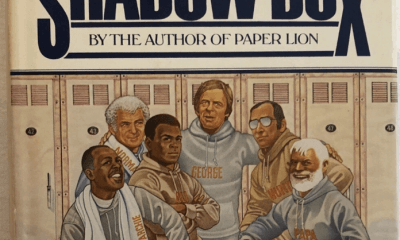
 Featured Articles4 weeks ago
Featured Articles4 weeks agoDelving into ‘Hoopla’ with Notes on Books by George Plimpton and Joyce Carol Oates
-

 Featured Articles1 week ago
Featured Articles1 week agoMore Medals for Hawaii’s Patricio Family at the USA Boxing Summer Festival

